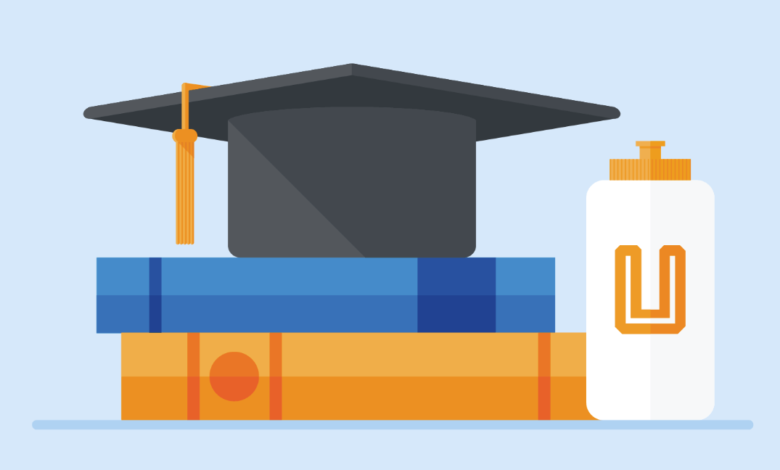What Is a Direct Loan: A Comprehensive Guide

In today’s fast-paced world, financial assistance has become integral to people’s lives. Direct loans are a form of financial aid that plays a significant role in helping individuals achieve their goals and meet their financial needs. Whether you’re a student planning to pursue higher education or a small business owner looking for funding, understanding the concept of direct loans can be immensely beneficial. What is a direct loan are, how they work, their types, and their advantages and disadvantages?
What is a Direct Loans?
It offered by the U.S. Department of Education. They are designed to provide individuals with accessible and affordable funding to pursue higher education, start or expand a business, or meet other financial needs. They come directly from the federal government, cutting out the need for intermediaries.
Types of Direct Loans
1. Directs Subsidized Loans
The government covers the interest on these loans while the borrower is in school, during the grace period, and deferment periods.
2. Directs Unsubsidized Loans
It regardless of financial need. Unlike subsidized loans, borrowers are responsible for paying the interest throughout the loan term.
3. Direct PLUS Loans
Direct PLUS Loans cater to graduate or professional students and parents of dependent undergraduate students. These loans help cover expenses not met by other financial aid, but a credit check is required for eligibility.
4. Direct Consolidation Loans
A single loan simplifies repayment with a fixed interest rate.
How Do Direct Loans Work?
Applying for what is a direct loan involves several steps, for student loans. For small business loans, applicants can approach the Small Business Administration (SBA) or its participating lenders.
Advantages of Direct Loans
1. Low-Interest Rates
Direct loans offer competitive interest rates compared to private loans, making them an affordable option for borrowers.
2. Flexible Repayment Options
Direct loans provide various repayment plans, including income-driven options, to suit borrowers’ financial circumstances.
3. Forgiveness and Discharge Programs
Certain direct loans may qualify for forgiveness or discharge programs, relieving borrowers of their debt obligations under specific conditions.
Disadvantages of Direct Loans
1. Accrued Interest
Unpaid interest on unsubsidized loans and deferred interest on subsidized loans can capitalize, leading to higher overall loan amounts.
2. Impact on Credit Score
Failure to repay direct loans can negatively affect the borrower’s credit score, potentially hindering future financial endeavors.
3. Limited Bankruptcy Protections
Direct loans are challenging to discharge through bankruptcy, leaving borrowers responsible for repayment even in dire financial situations.
Direct Loans for Students
1. Funding Education with Direct Loans
Direct loans serve as a lifeline for students pursuing higher education, covering tuition, books, and living expenses.
2. Managing Student Loan Debt
Borrowers must adopt responsible financial habits and consider various repayment plans to effectively manage their student loan debt.
Direct Loans for Small Businesses
1. Access to Capital
Small business owners can use direct loans to ventures.
2. Utilizing Direct Loans for Growth
Investing direct loan funds wisely can lead to business growth and increased profitability.
Direct Loans vs. Private Loans
1. Key Differences
Direct and private loans vary in terms of interest rates, repayment options, and loan forgiveness programs.
2. Which One Is Right for You?
Borrowers should carefully evaluate their needs and financial circumstances to determine whether a direct or private loan is a better fit.
Tips for Repaying Direct Loans
1. Create a Budget
Crafting a budget helps borrowers allocate funds for loan payments while covering other essential expenses.
2. Make Timely Payments
Prompt repayment of direct loans ensures borrowers stay in good financial standing and avoids penalties.
3. Consider Loan Consolidation
Loan consolidation simplifies repayment and may lower monthly payments for borrowers with multiple loans.
Avoiding Default on Direct Loans
1. Understanding Loan Default
Defaulting on direct loans can have severe consequences, including wage garnishment and loss of federal benefits.
2. Seeking Assistance
Borrowers facing financial hardships should explore loan deferment, forbearance, or alternative repayment plans to avoid default. Read more…
Frequently Asked Questions (FAQs)
1. What is the interest rate on direct loans?
The interest rate on direct loans varies depending on the loan type and year but is typically lower than private loans.
2. Can I defer my direct loan payments?
Yes, borrowers may be eligible for deferment if they meet certain criteria, such as enrollment in school or economic hardship.
3. What is the difference between subsidized and unsubsidized direct loans?
Government covers the interest during specific periods. Unsubsidized loans are available regardless of need, and borrowers are responsible for all interest.
4. Can I get a direct loan with bad credit?
Direct loans do not require a credit check, making them accessible to borrowers with less-than-perfect credit scores.
Conclusion
In conclusion, what is a direct loan are vital in providing financial assistance to students and small business owners alike. Understanding the various types of direct loans, their advantages, and potential drawbacks can empower individuals to make informed decisions about their financial future. Whether you’re pursuing education or growing your business, direct loans can be a valuable resource to achieve your goals.
